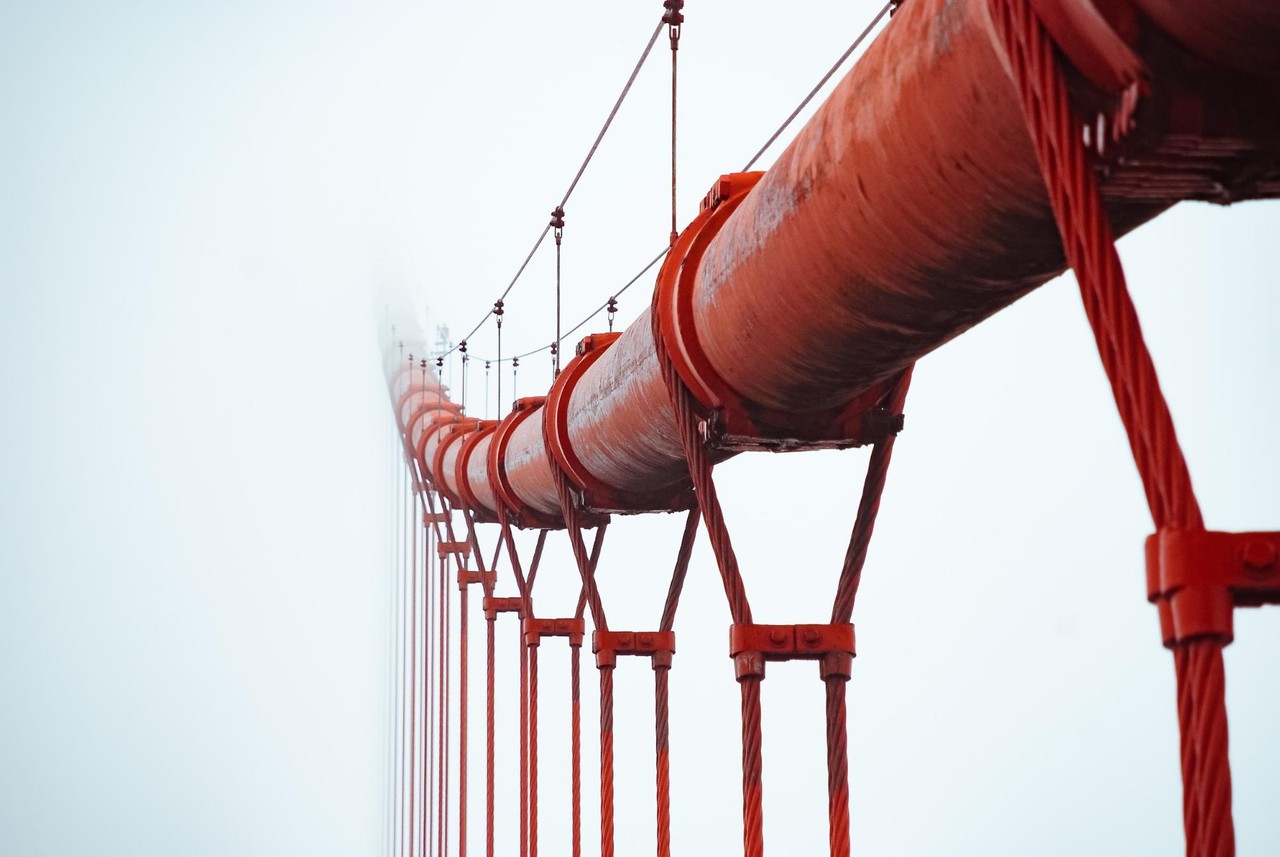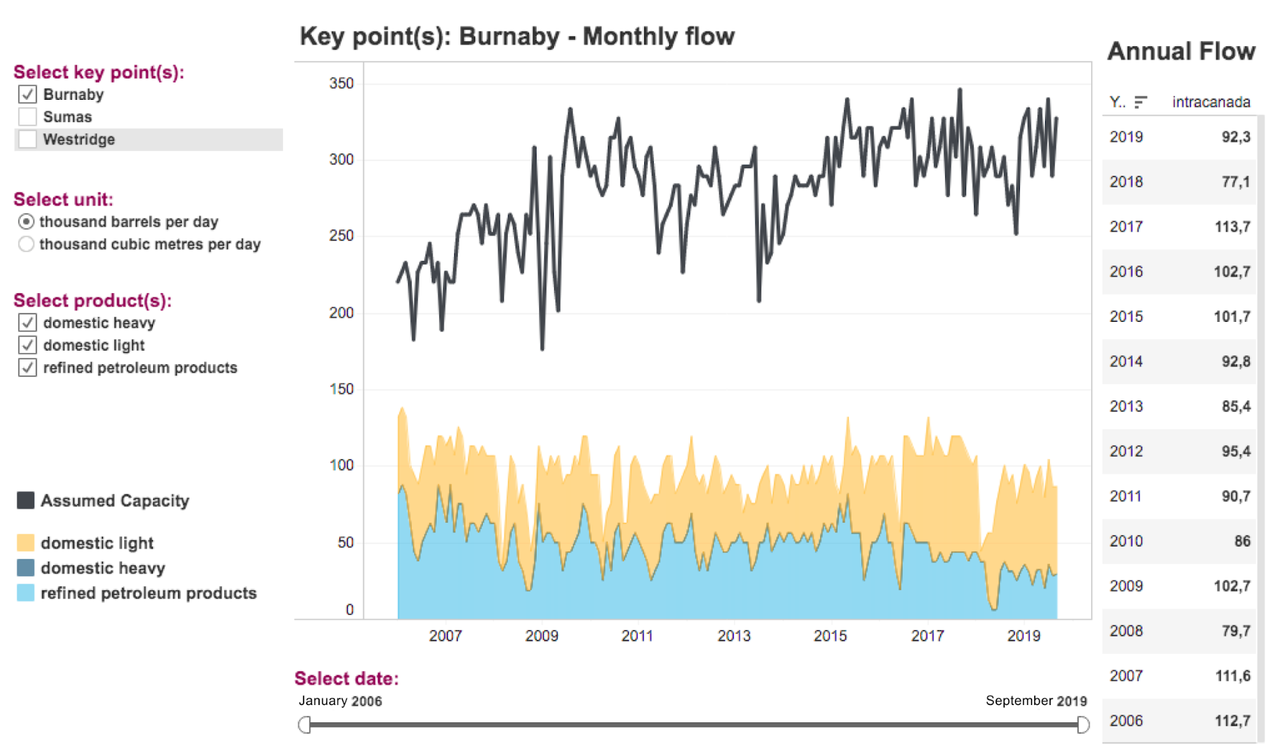British Columbia Oil Imports
General Overlook
The gently-sloping hills of the Western Sedimentary Basin, so conducive to the formation of oil underneath Alberta, extend through the north-east corner of mountainous British Columbia. It didn't take long for oilmen to start looking for oil in this area. After a while to transport oil to markets, a Canadian pipeline building boom happened. There were several massive projects Canada had seen up to that time.
The first pipeline from Edmonton to the Burnaby oil refinery was built in 1953. This pipeline, entitled "Trans Mountain Pipeline," among other pipes that unite B.C.'s oil fields with Alberta's, provided an opportunity for the province to start a small, but thriving oil industry. There were four pump stations along the line and a marine loading dock. This pipeline used to deliver 150,000 barrels per day.
Today it safely continues to operate. Since 1953 the pipeline has been significantly improved and its capacity has been increased the number of times by twinning parts of the line and adding associated facilities. It delivers approximately 300,000 barrels of petroleum products each day through 1,150 kilometers of pipeline in Alberta and British Columbia.
On June 18, 2019, to increase the number of oil imports, the Government of Canada approved the Trans Mountain Expansion Project. This project involves creating a pipeline system with the nominal capacity of the system going from approximately 300,000 barrels per day to 890,000 barrels.
According to the Trans Mountain Expansion Project, the existing pipeline will be able to transport refined products, synthetic crude oils, and light crude oils with the capability for heavy crude oils. The new pipeline will be able to carry heavier oils with the capacity for transporting light crude oils.
How much oil does BC import?
Below you can see a diagram that shows what kind of product and how many barrels per day British Columbia imports. This table also shows an annual flow of the products.
Trans Mountain Expansion Project will lead to new job positions in the short and long term, lots of training programs and increases in taxes collected through all three levels of government. Also, Trans Mountain Community Benefits Program invests in communities that may be impacted or changed by construction along the pipeline route.

